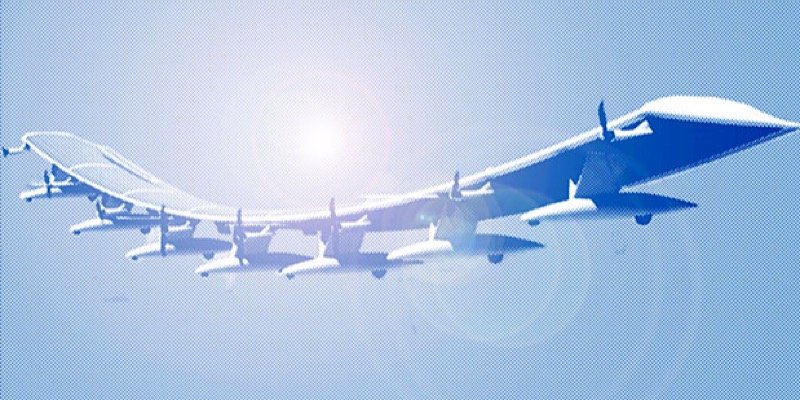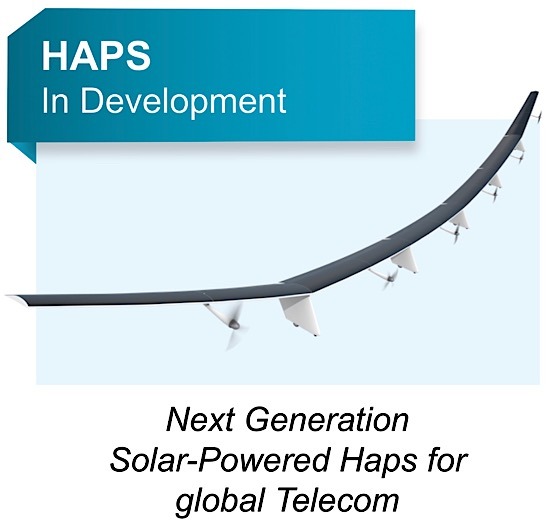
At a time when many are salivating at the chance to get 5G speeds and to have a phone that can accept it, testing is being done on a new way to deliver 5G. A solar-powered drone is being put through its paces to deliver both 5G and Internet of Things connectivity while in flight.
Drone Test Flights
Softbank and aerospace company AeroVironment entered into an agreement with NASA in the United States last November. The solar-powered drone, being referred to as the Hawk 30, could be taking flight from California’s Armstrong Flight Research Center next week, according to IEEE Spectrum. Three months of test flights of up to approximately 1.86 miles have been agreed to.
The Hawk 30 is designed like the other solar drones built by AeroVironment for NASA in their long history together. It features a single “flying wing” and has ten electric engines to carry it to an altitude of about 12.5 miles, according to filings with the Federal Aviation Administration and the Securities and Exchange Commission.
AeroVironment has been working on high-altitude, long-endurance (HALE) aircraft with NASA for more than two decades. NASA funded three solar-and-fuel-cell powered drones. This led to the lightweight Helios Prototype in 2001. It reached an altitude of 18.5 miles. It broke up mid-flight and crashed into the Pacific two years later.
There was also a 2010 project that had AeroVironment developing a HALE drone to deliver payloads of surveillance and communications systems. It crashed a year later.

Google and Facebook have had similar inspirations as Softbank and AeroVironment. They wanted to fly solar-powered drones throughout the world to deliver the Internet to remote areas. Neither saw their plans to fruition. However, Google has continued with Loon, a project that is delivering the Internet with with high-altitude balloons.
AeroVironment is ready to take on the skies and the Internet again. They crated this project with Softbank in early 2018. Called HAPSMobile, they have no public presence and the website only says, “Coming Soon.” They have a budget of $76.5 million to design, build, and test the Hawk 30.
AeroVironment investors were provided a presentation last year of images and more details of the Hawk 30. The drone is seen flying at an altitude of 20 kilometers, providing coverage to an area that would normally need 1,800 traditional cell towers. The Hawk can be controlled either manually or autonomously.
The Internet Drone Trend
Google and Facebook did leave their plans behind for drones that could deliver the Internet, but the Hawk 30 still isn’t the only one in development. Boeing subsidiary Aurora Flight Sciences and Airbus are both working on their own similar projects. It seems one way or another drones will be providing Internet, and possibly 5G, in the not-so-distant future.
What do you think of the plans for solar-powered drones providing 5G? Do you think it will add to the success of 5G to be able to provide it to more remote areas? Leave your thoughts in the comments section below.
Image Credit: AeroVironment and AeroVironment and IEEE Spectrum
Get the best of IoT Tech Trends delivered right to your inbox!







